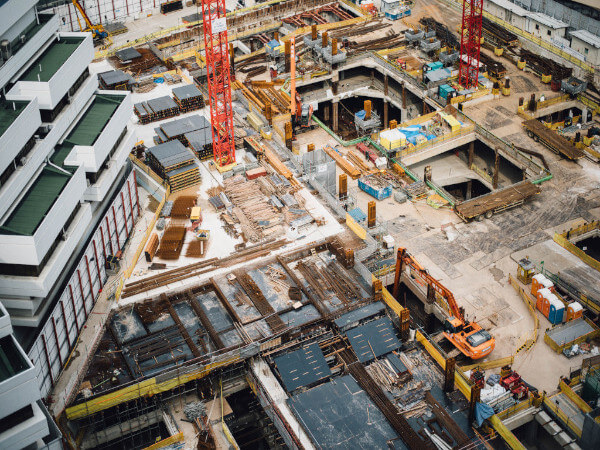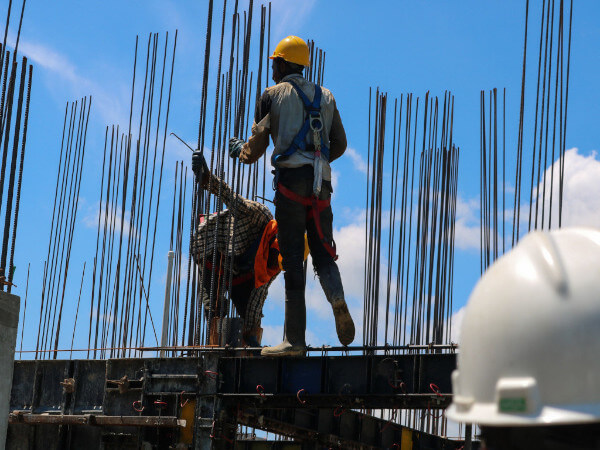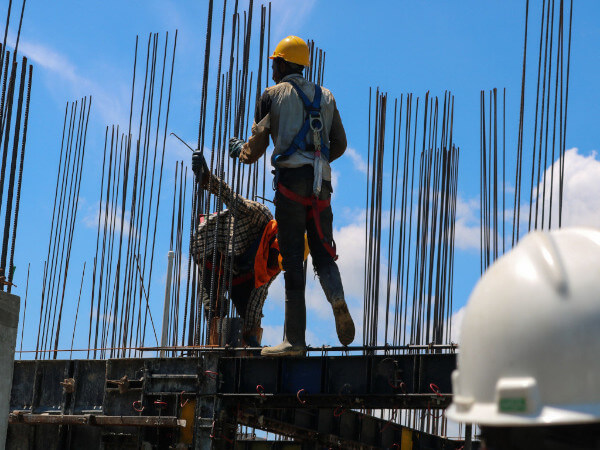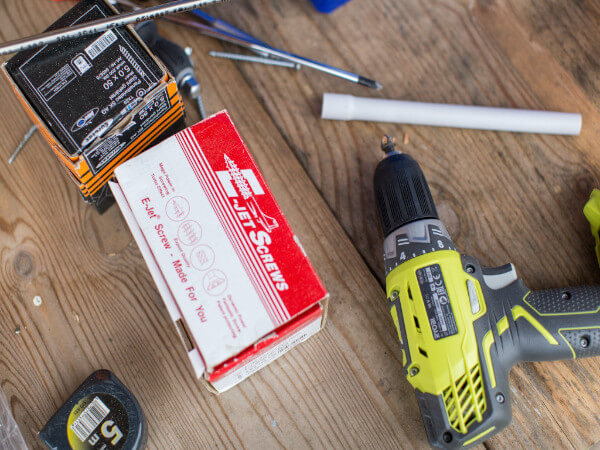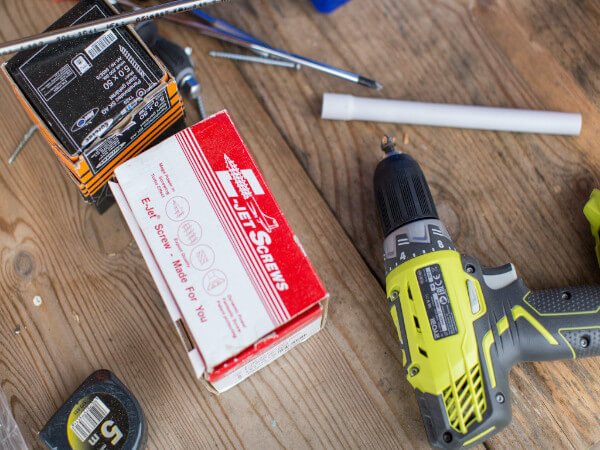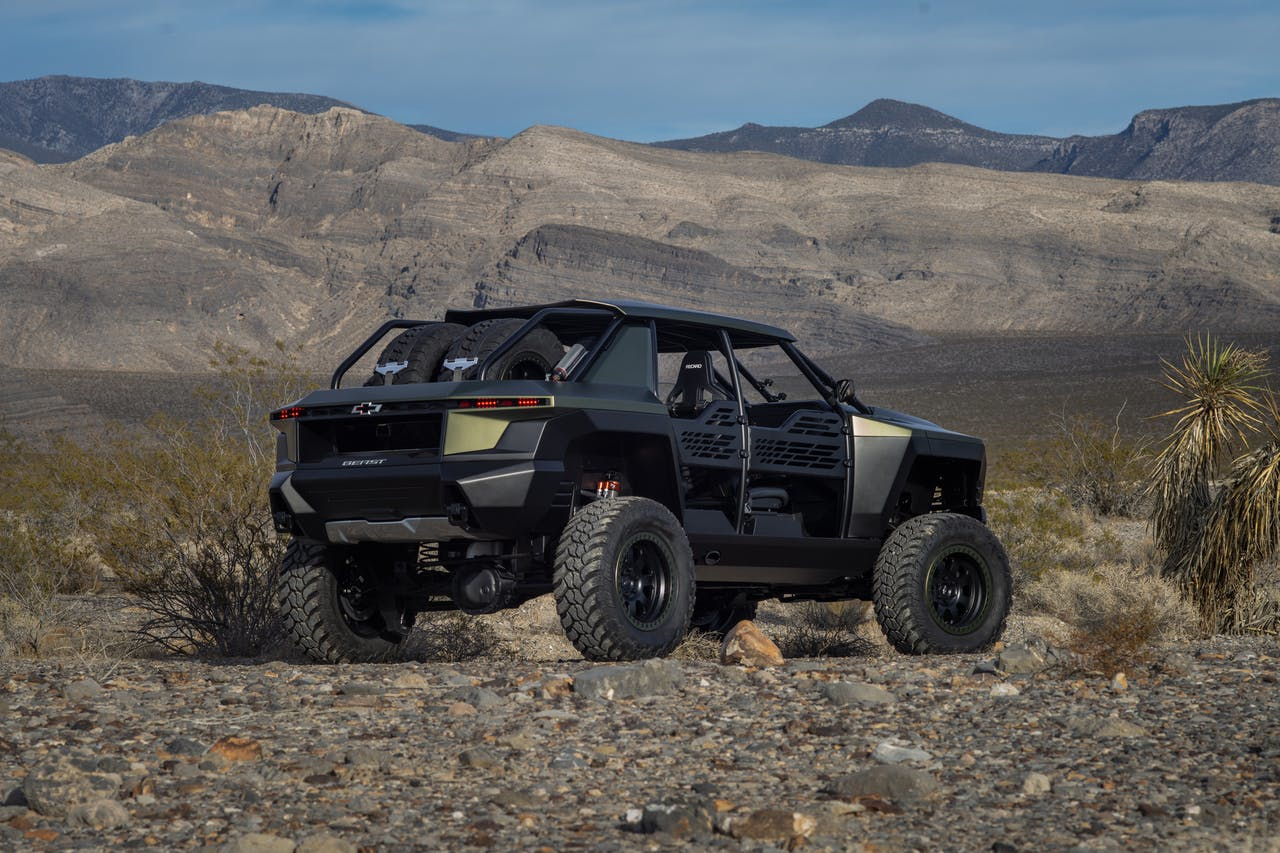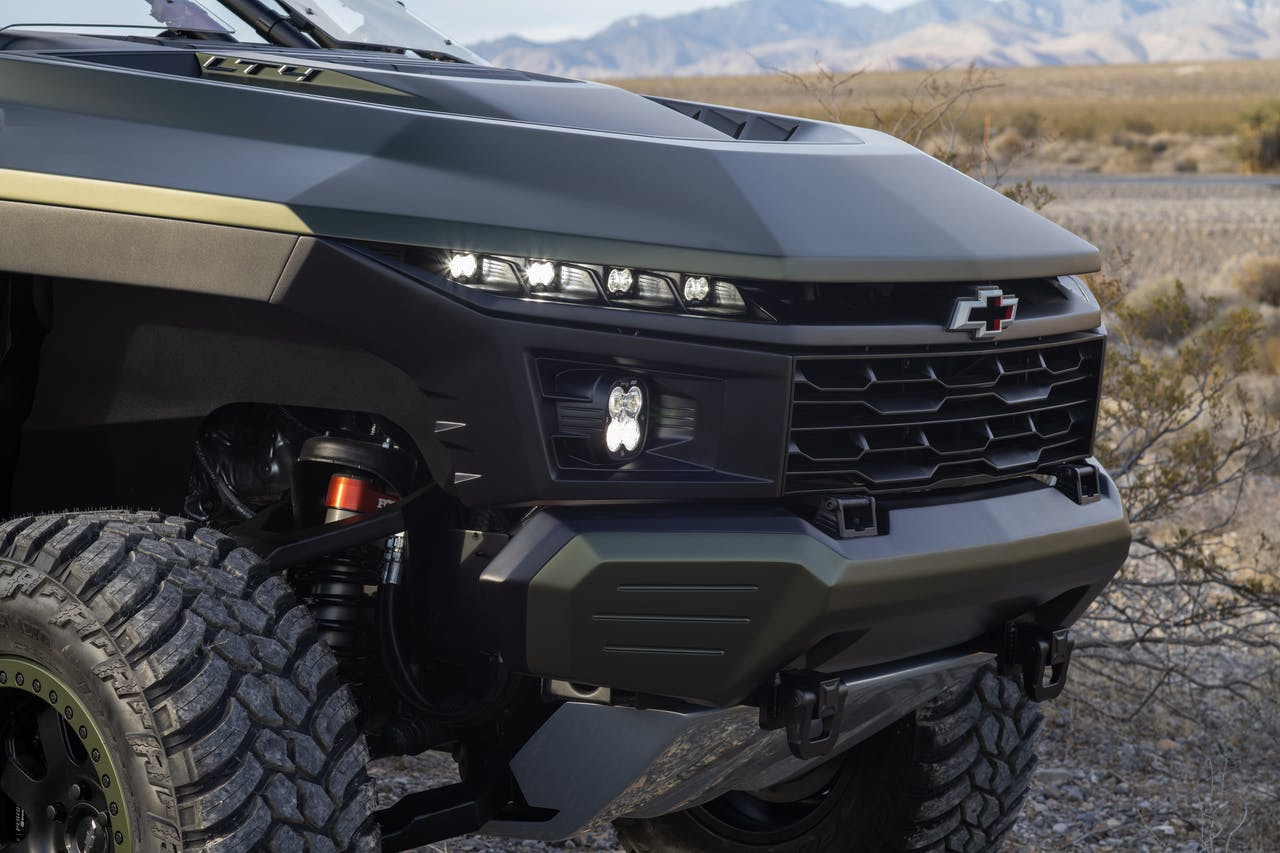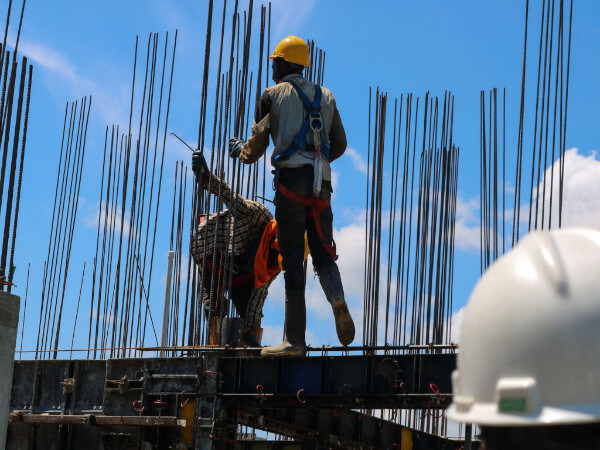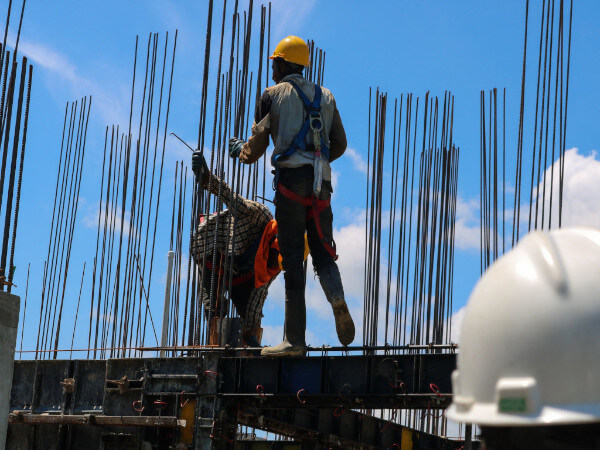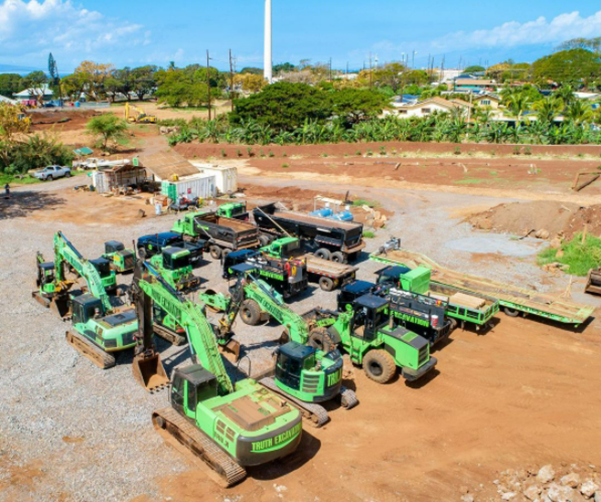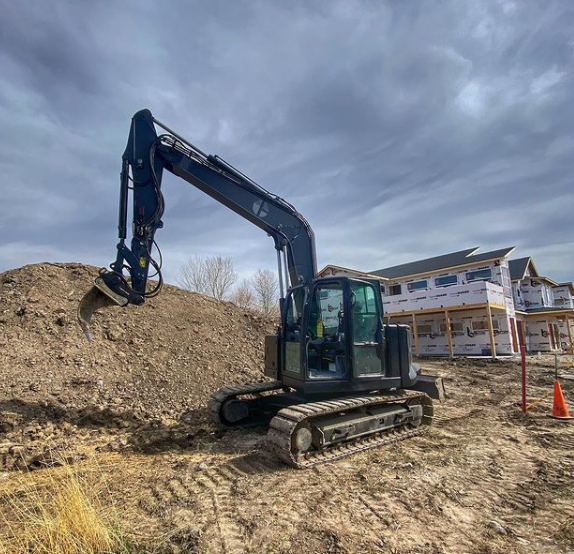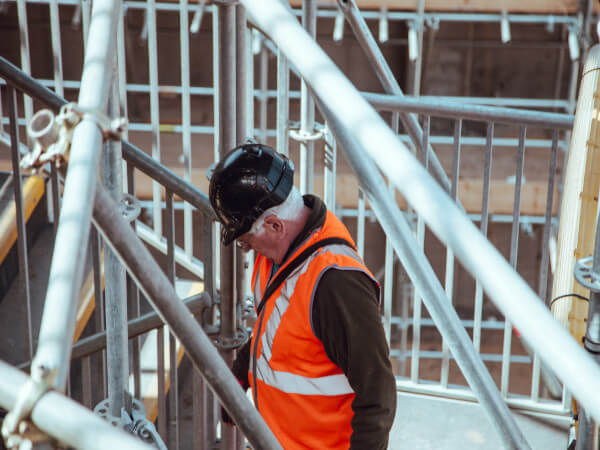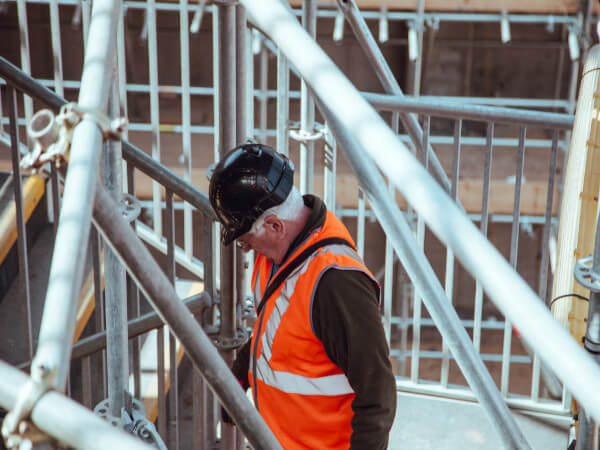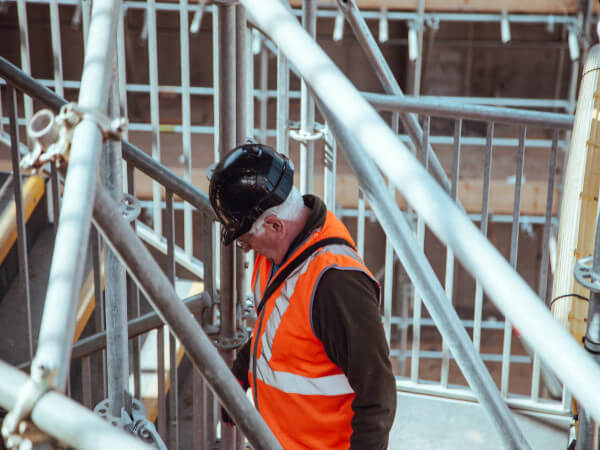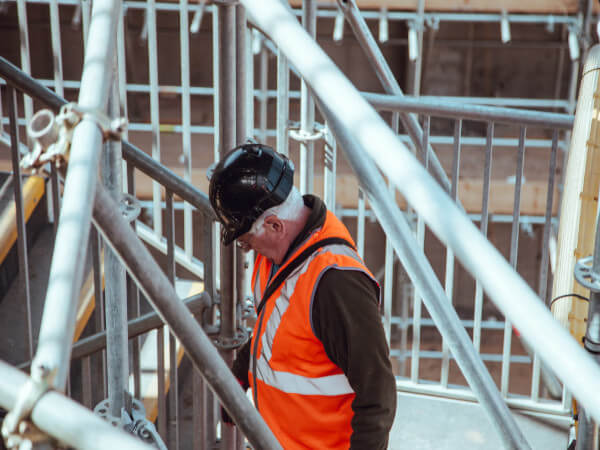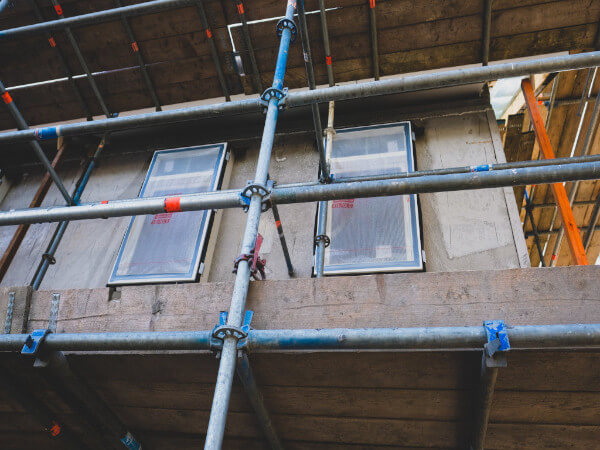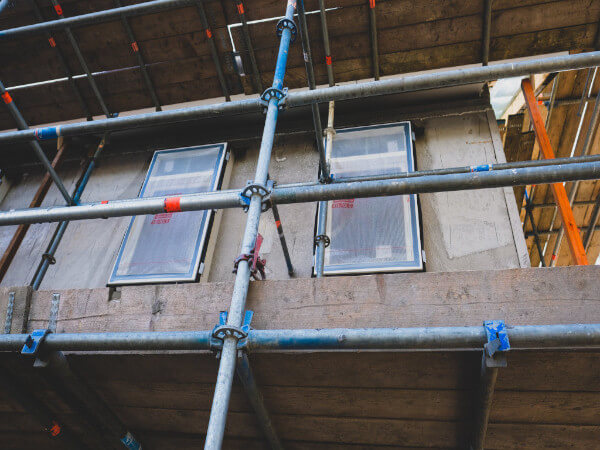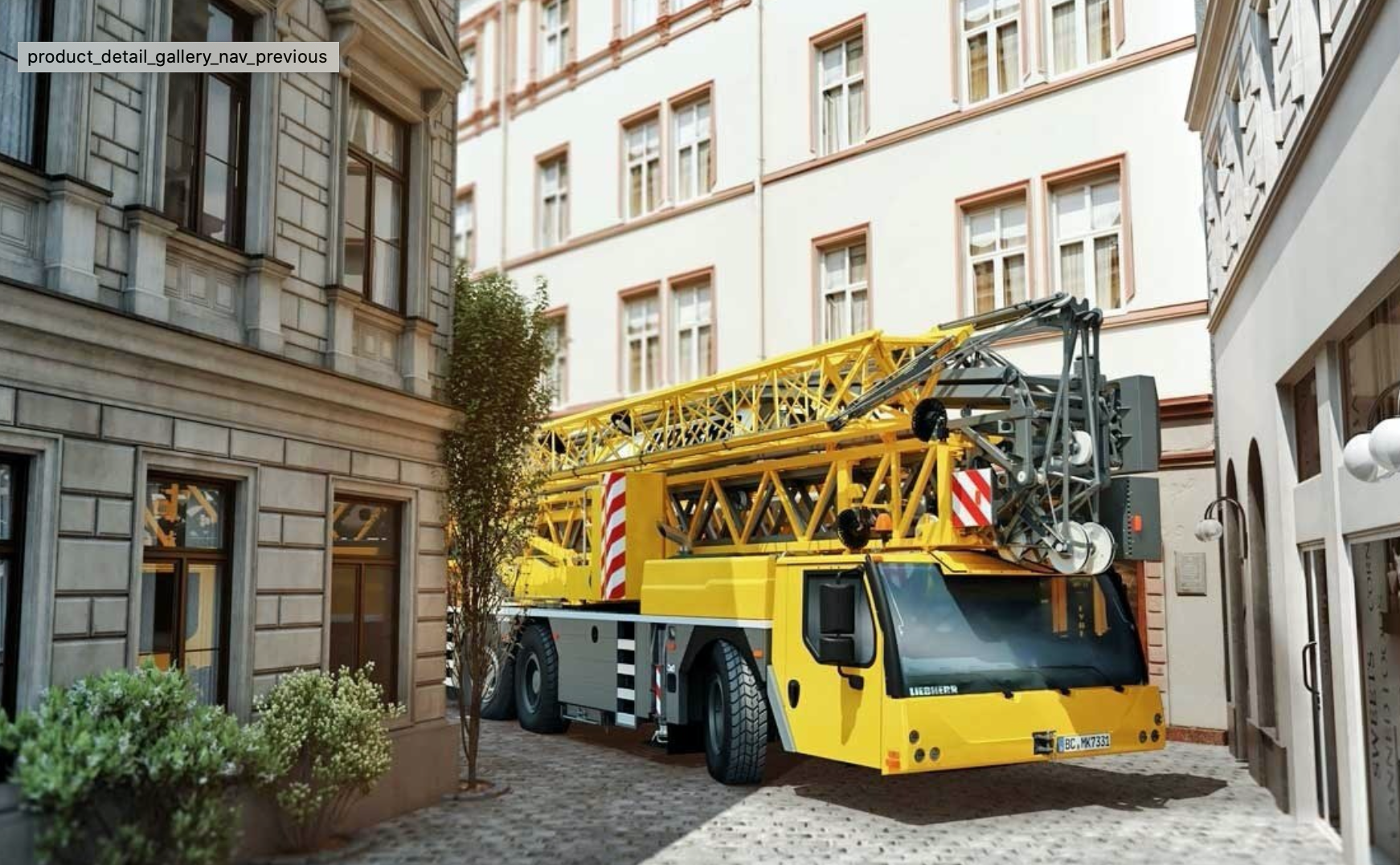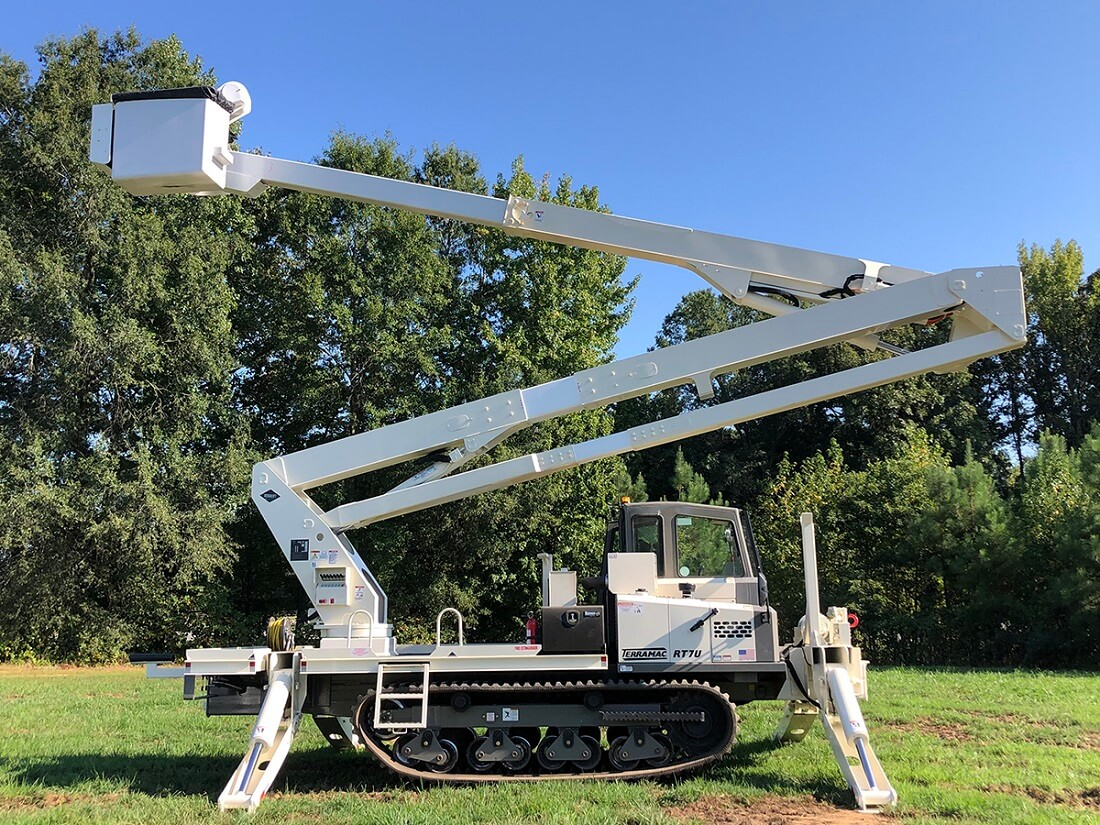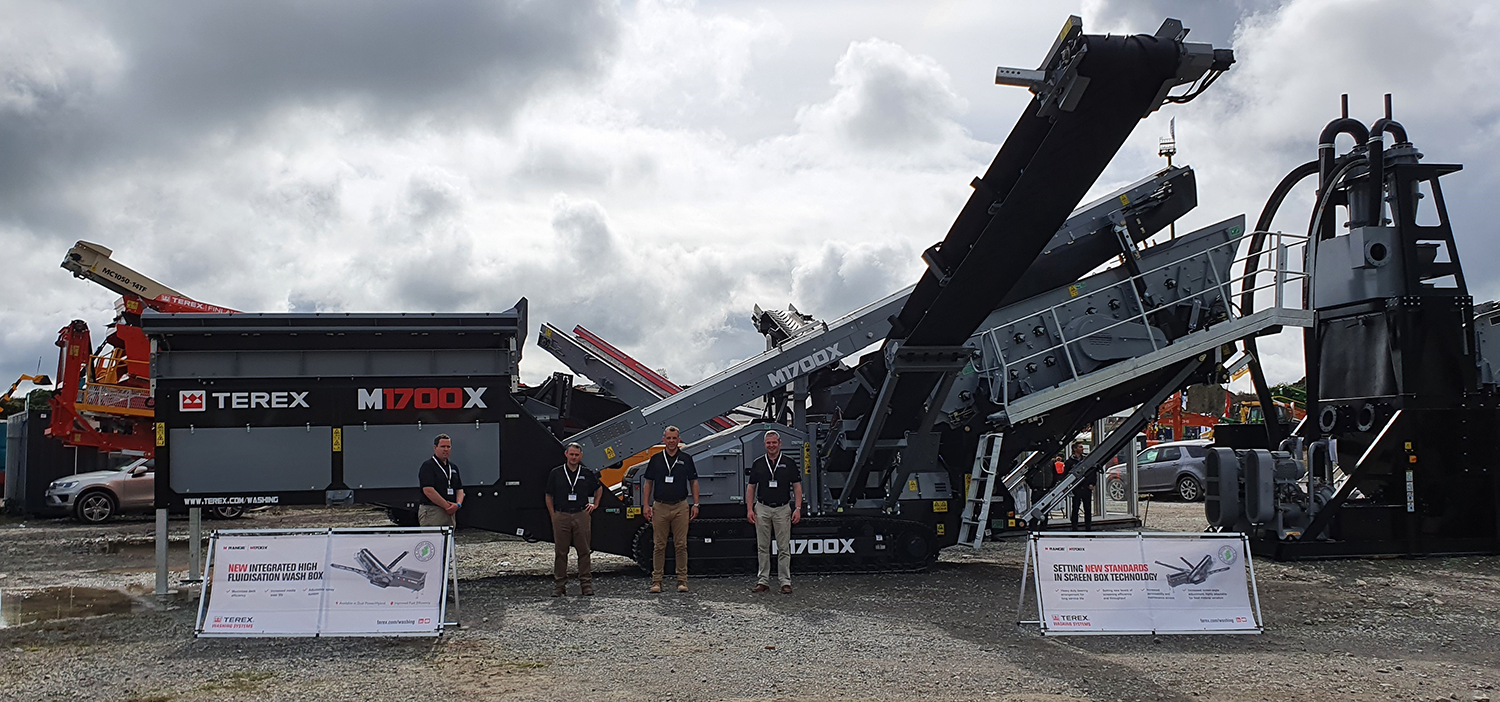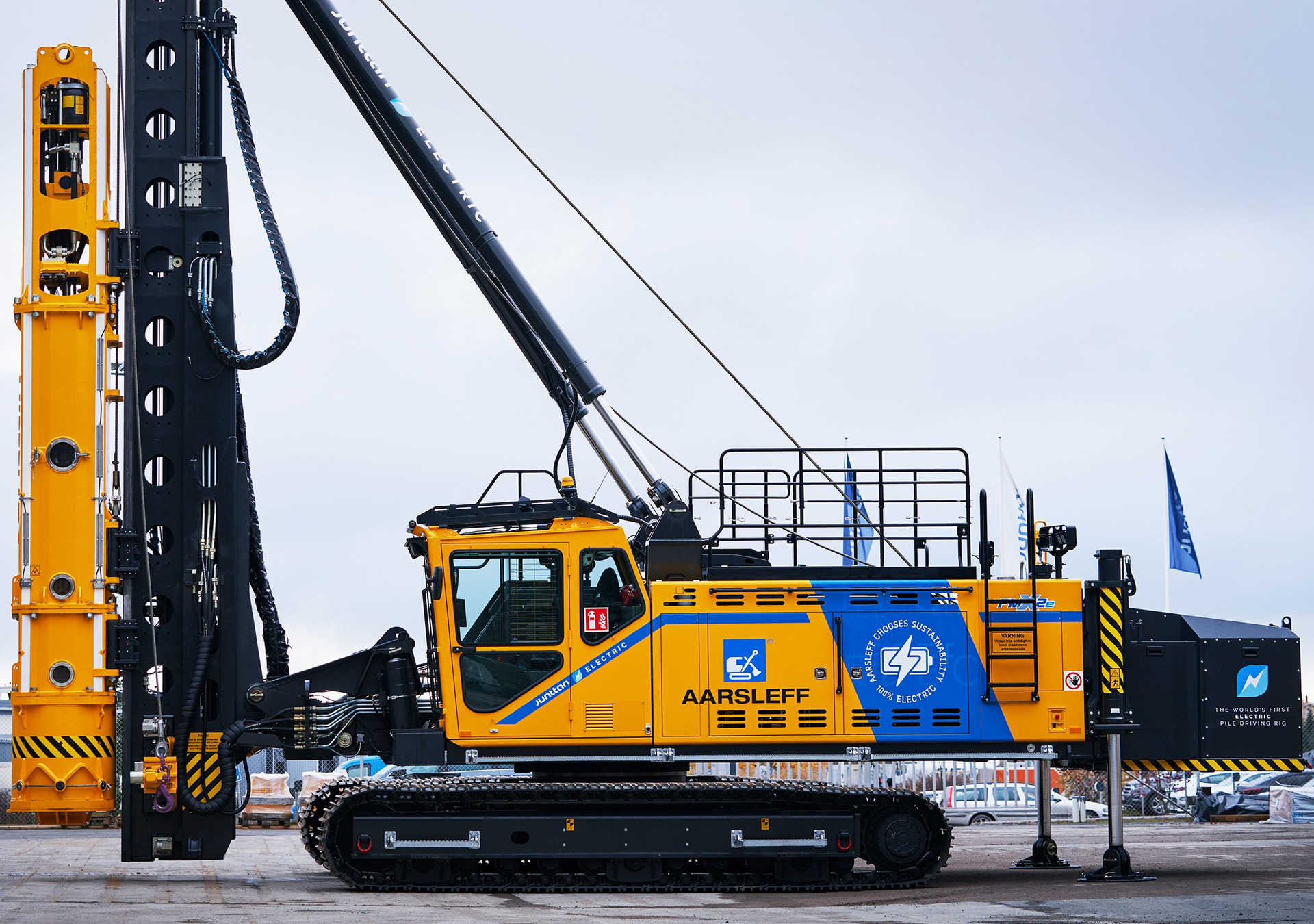So it doesn’t have enough dinosaur DNA to dominate the Ram TRX or Ford Raptor. Nonetheless, Chevy’s first ever Silverado ZR2 is taking flight with more power and suspension at the wheels.
In a video on Chevy’s website, the 2022 Silverado ZR2 is shown going airborne on an off-road course. While it’s hard to say exactly how much air the front tires get — it may around a foot or so — it’s still air, and as far as we know, it marks the first time Chevy has shown one of its half-tons taking on a jump. (To watch the video, scroll to the end of this story.)
While videos in the past have highlighted towing and payload capacities and bed strength, a new focus on truck jumping has emerged as yet another and more dramatic way to show off a truck’s power and muscle. And let’s face it…it just looks like fun.
And all that fun requires some power. The Silverado ZR’s 420-horsepower 6.2-liter V8 delivers 460 pound-feet of torque through a 10-speed transmission. While that’s Chevy’s most powerful Silverado yet, it’s still below the 2021 Raptor, which delivers 450-horsepower and 510 pound-feet torque through a 3.5.-liter V6 mated to a 10-speed transmission. And it’s far below the 2021 Ram TRX, with its soul-stirring 702 horsepower supercharged V8 that churns out 650 pound-feet of torque through an eight-speed ZF automatic.
But I’m not so sure Chevy’s all that bothered about being in third place. While we’ll have to wait until the price is revealed, I’m betting that Chevy will be offering a more affordable, high-performance half-ton that could draw some folks away from the Raptor and TRX. And once it’s in the aftermarket, someone’s going to bolt on a supercharger to help even the score. Look for the 2022 Silverado ZR2 at dealers this spring.
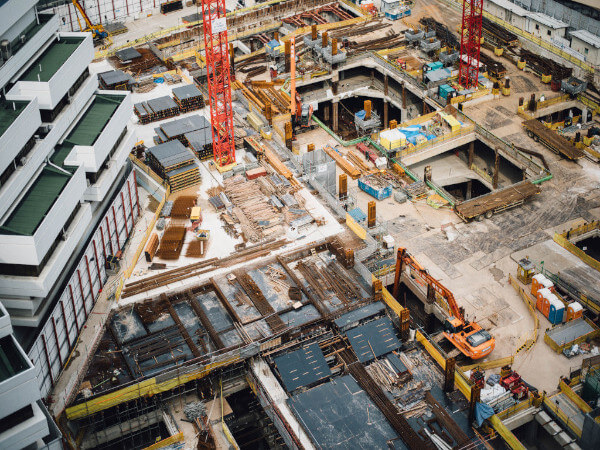
The 6.2-liter V8 delivers 420 horsepower and 460 pound-feet of torque.Chevy
2022 Chevy Silverado ZR2 highlights
· Standard 6.2L V-8 engine, delivering 420 horsepower and 460 pound-feet of torque mated with a 10-speed automatic transmission.
· Silverado-first application of Multimatic 40mm DSSV spool-valve dampers, which feature three separate spool valves to control damping and three connected chambers for fluid flow.
· Uniquely tuned springs that, with the Multimatic dampers, increase maximum front and rear suspension travel, compared to the Silverado Trail Boss.
· Front and rear e-lockers.
· Specific off-road chassis and suspension calibrations, including Terrain Mode, which allows one-pedal rock crawling.
· 18-inch wheels with LT275/70R18 Goodyear Wrangler Territory M/T tires.
· Unique skid plate package.
· New high-approach steel front bumper designed for off-road strength, durability and clearance that enables an improved 31.8-degree approach angle compared to other Silverado off-road models.
· Max payload of 1,440 pounds.
· Max towing 8,900 pounds.
ir-catching video and more photos
Check out this video below of the 2022 Chevy Silverado ZR2 catching air:
CMSBrowserComponents.load({ el: ‘#vue-1638214317228-891’, name: ‘OEmbed’, props: {“mountPoint”:”/__oembed”,”url”:”https://youtu.be/89RevzWVjaI”,”attrs”:{“type”:”oembed”,”id”:”https://youtu.be/89RevzWVjaI”,”element”:”aside”}}, hydrate: false });
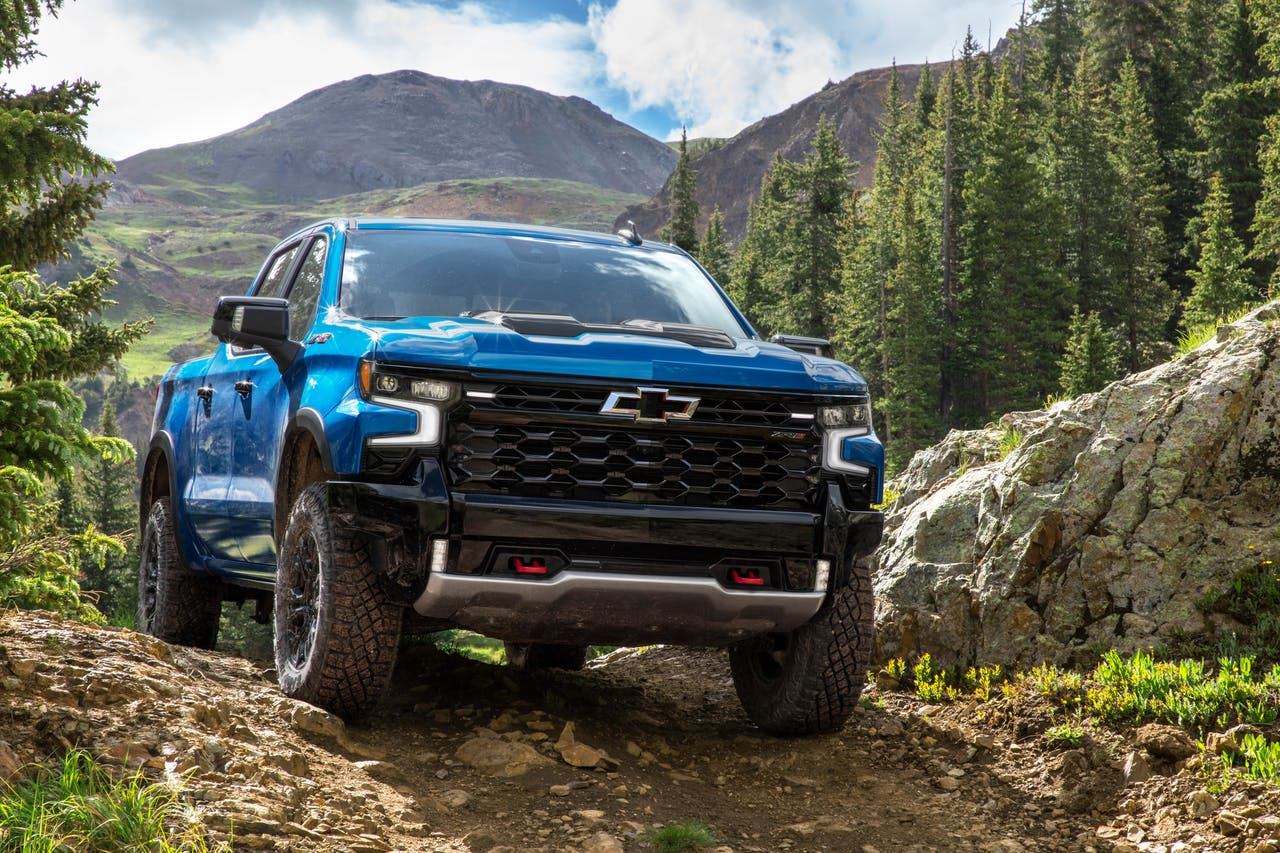
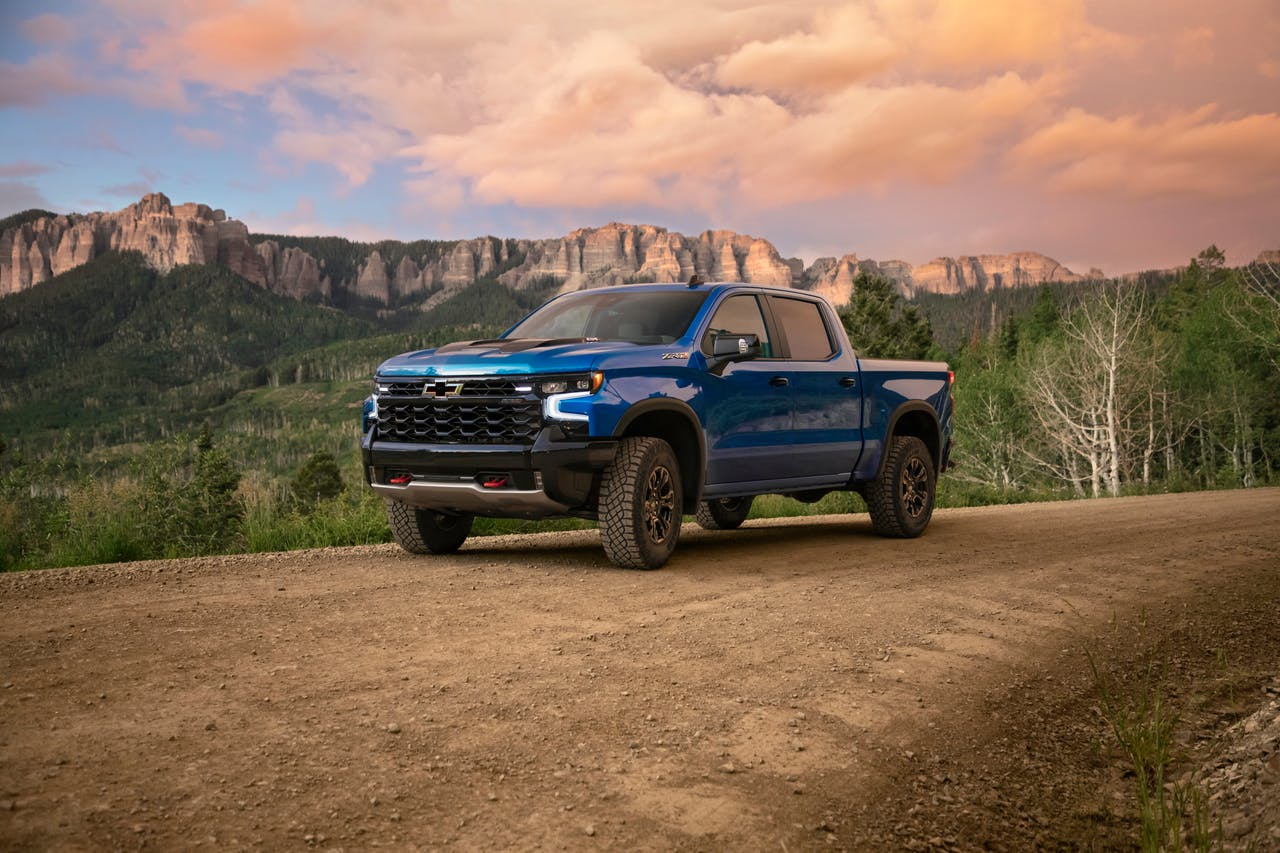
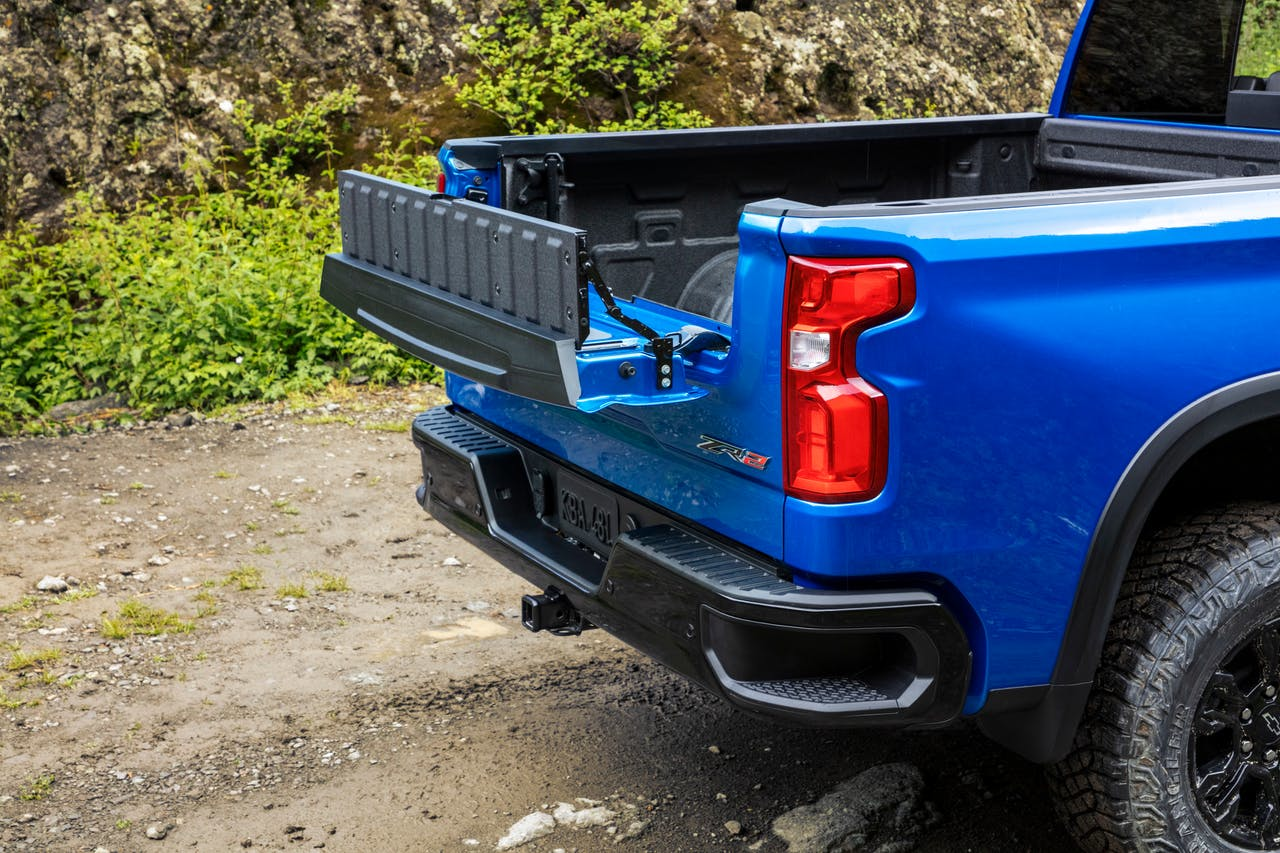
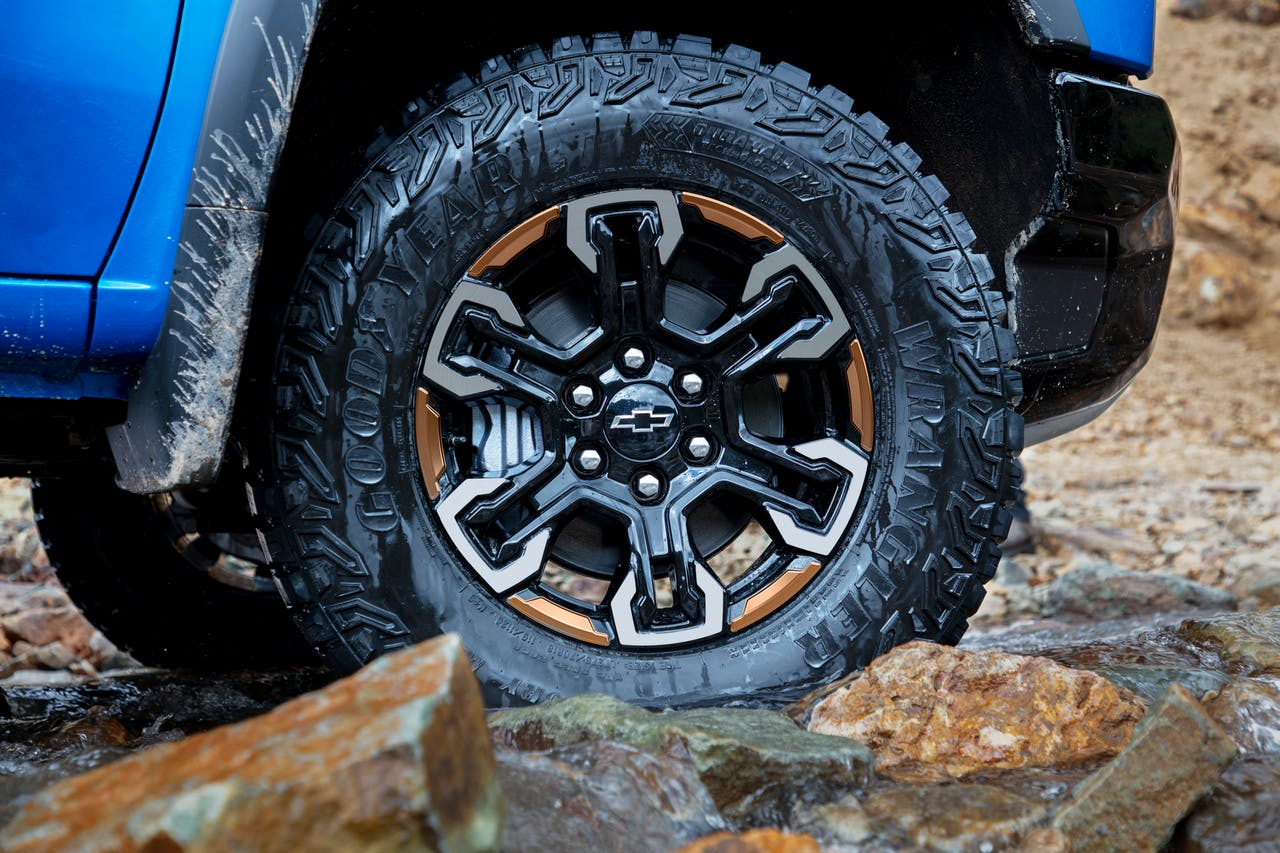
Did you miss our previous article…
https://www.cityheartsaberdeen.com/?p=732

